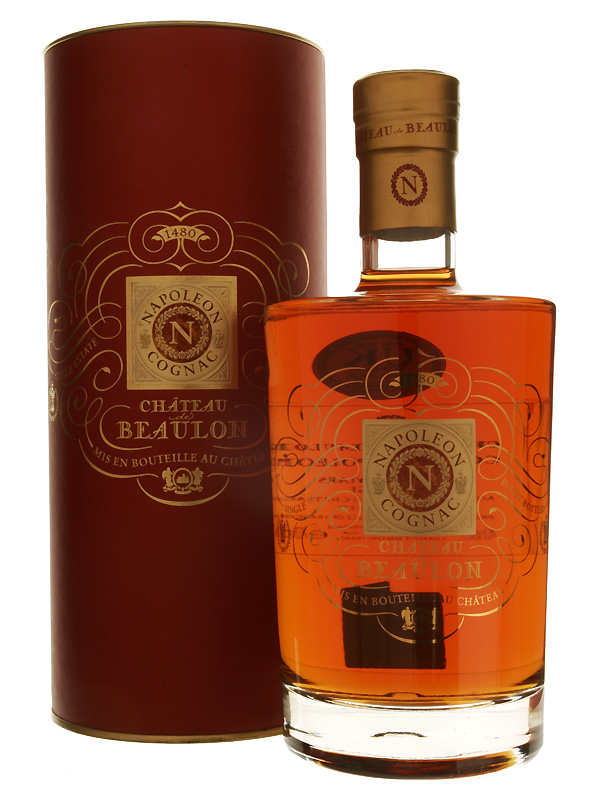The Cognac Process – Part 4. The Royal Connections
By around the end of the 17th century the trade in burnt or reduced wine had become safe in that other European clients from England, Ireland and increased trade from Holland and a little from Scandinavia had created a more profitable trade than grain and the bois (wooded) areas away from the Champagnes were cleared for vine production. In the 13th century, King John, ruler of England and Western France, appointed the town of Cognac its freedom. Three centuries later Cognacs freedom had been reinforced by its most distinguished native, King Francis I, the very model of a Renaissance monarch born in Cognac in 1491 and ruled from 1515 to 1547. Another royal visitor was Louis XIV whose mistress was the Marquise de Montespan who lived in the Charente. But royalty gave way to dictator when Napoleon came to live on the island of Aix. It was probably during the Napoleonic era that Martell and Hennessy started to gain their supremacy over other firms, something that they have never subsequently lost. Legend has it that Napoleon insisted that his personal barrels of cognac remain undisturbed while he was away on his military campaign across Europe. When he returned to claim his cognac six and a half years later, he found he enjoyed the aged cognac even more than he had enjoyed the young cognac. Today, Napoleon cognac is aged for a minimum of six and a half years but more typically for between 8 and 20 years.

